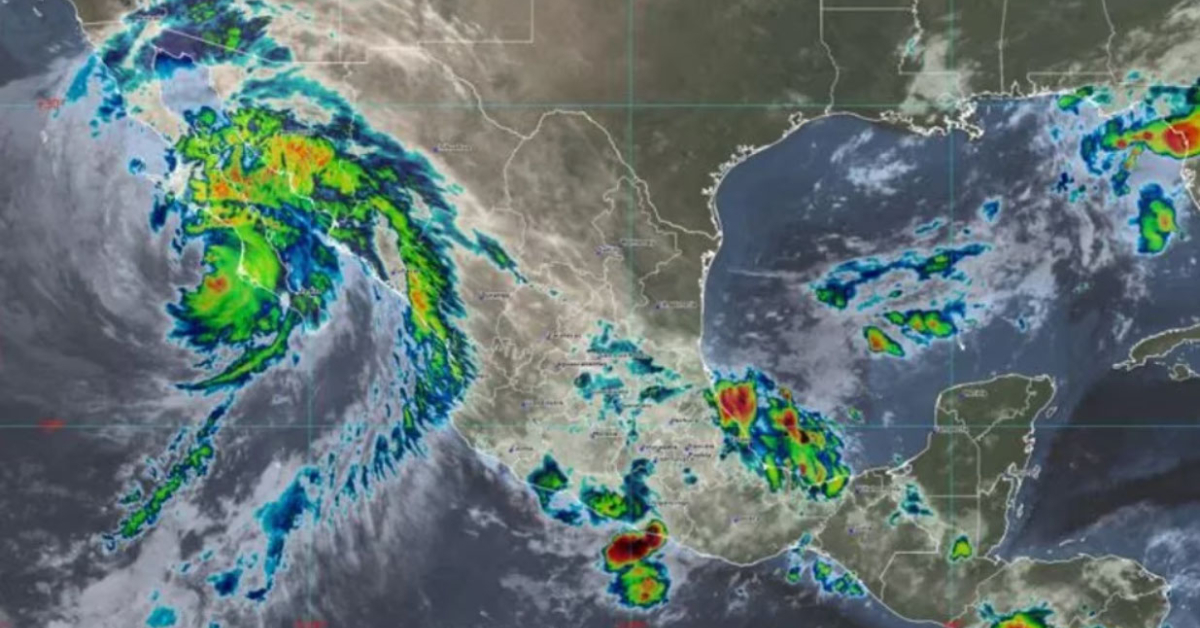Puerto Vallarta (PVDN) - For the 2023 season, the authorities responsible for tracking weather patterns anticipate above-average activity in the Pacific Ocean region. This could mean an increase of up to 30% from the average of 15 systems . . .


Puerto Vallarta (PVDN) - For the 2023 season, the authorities responsible for tracking weather patterns anticipate above-average activity in the Pacific Ocean region. This could mean an increase of up to 30% from the average of 15 systems . . .

